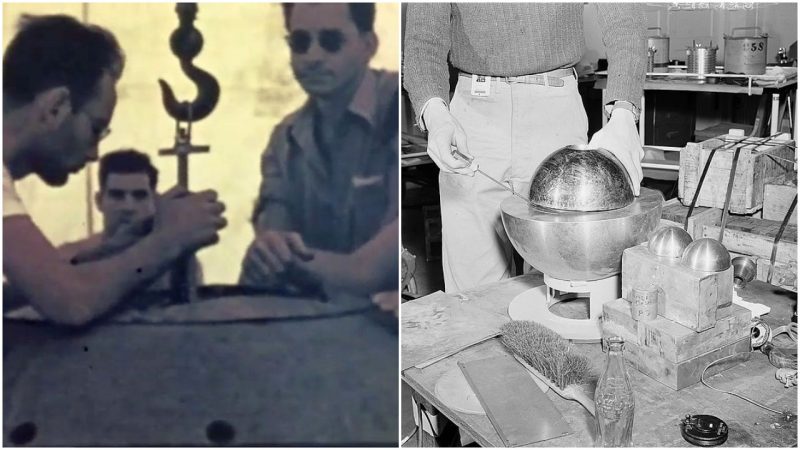The Manhattan Project was an American secret research program during the World War II that produced the world’s first nuclear weapons. The project was active from 1942 to 1946, and involved many esteemed scientists from all over the world, including Robert J. Oppenheimer and Enrico Fermi.
The scientists performed a series of complicated and extremely delicate tests to ensure the stability of the plutonium cores that were to be used in the bombs, though one specific core went supercritical on two separate occasions and caused the death of two important researchers. The incidents occurred at the Los Alamos Laboratory, after the atomic bombs devastated Hiroshima and Nagasaki. The core became infamous among the Manhattan project staff and earned the nickname “Demon core”.
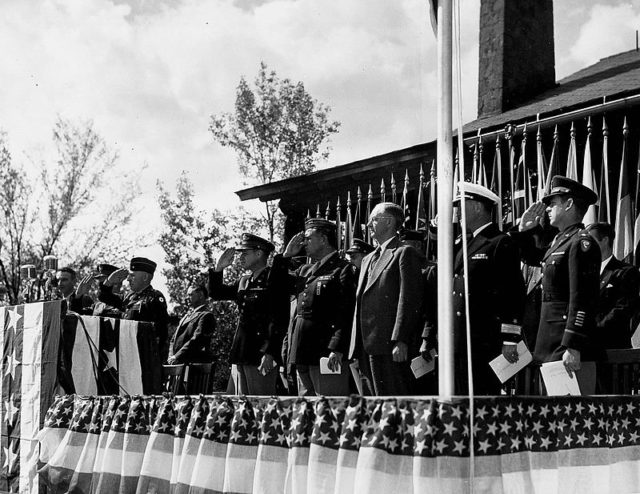
The Demon core, initially known as “Rufus”, was a spherical plutonium core that weight 6.2 kilograms, and was surrounded by tungsten carbide blocks that were designed to keep it from spontaneously releasing enormous amounts of radiation. A core similar to the Demon core was used in the Trinity test, the first detonation of a nuclear weapon in history. Also, another similar core was used in the “Fat Man”, the atomic bomb that detonated over Nagasaki.
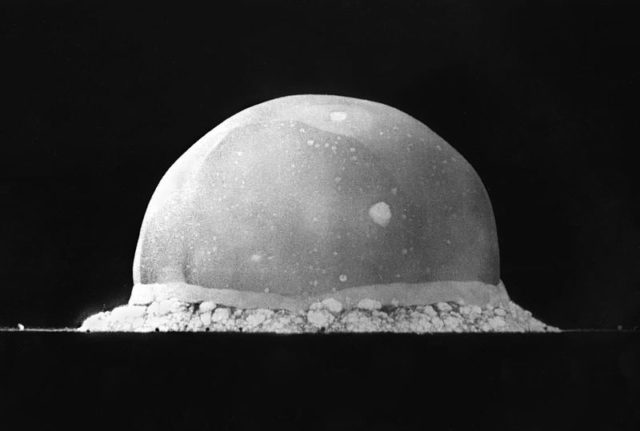
The first incident occurred on August 21, 1945, when physicist Harry Daghlian made a fatal mistake while testing the core’s stability. Daghlian dropped a piece of lab equipment onto the core, and the core produced a sudden burst of neutron radiation. Daghlian was irradiated by as much as 200 rads, and died 25 days later from severe acute radiation poisoning. A security guard was in the room with Daghlian when the accident happened, but Daghlian saved his life by quickly removing the piece of equipment from the core.
The second incident occurred on May 21, 1946, when eight researchers were performing a stability test on the core. Physicist Louis Slotin raised the protective cover of the core and inserted a screwdriver into the core’s center. Slotin performed this test many times, but this time his hand slipped and he inserted the tool too far into the core.
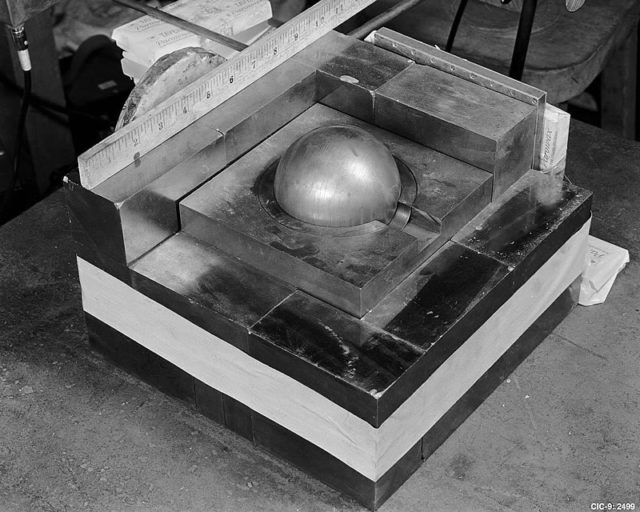
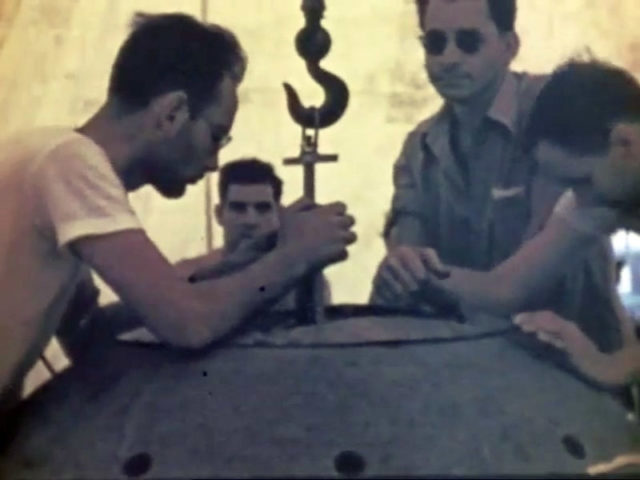
The core reacted by producing a flash of blue light and an uncontained burst of radiation. Slotin immediately began vomiting because he was irradiated by over 1000 rads, and died 9 days after the accident: acute radiation poisoning destroyed his gastrointestinal tract.
Another four researchers were treated for radiation acute poisoning, but they all managed to recover.
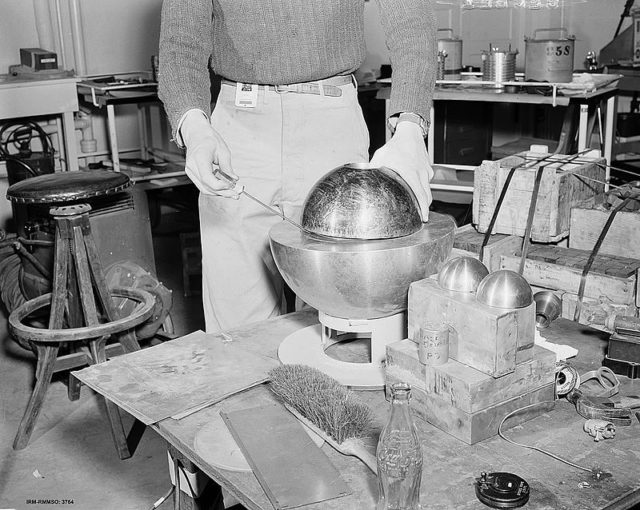
A few months before Slotin’s mistake caused the fatal accident, Robert J. Oppenheimer advised him against his unprofessional testing method that involved the use of a screwdriver.
Oppenheimer suggested a safer method that would involve a robotic arm, and commented that Slotin was “tickling the tail of a sleeping dragon”. After the second incidents all tests conducted with plutonium cores involved robotic arms, and personnel had to be at least a quarter mile away from the core.
